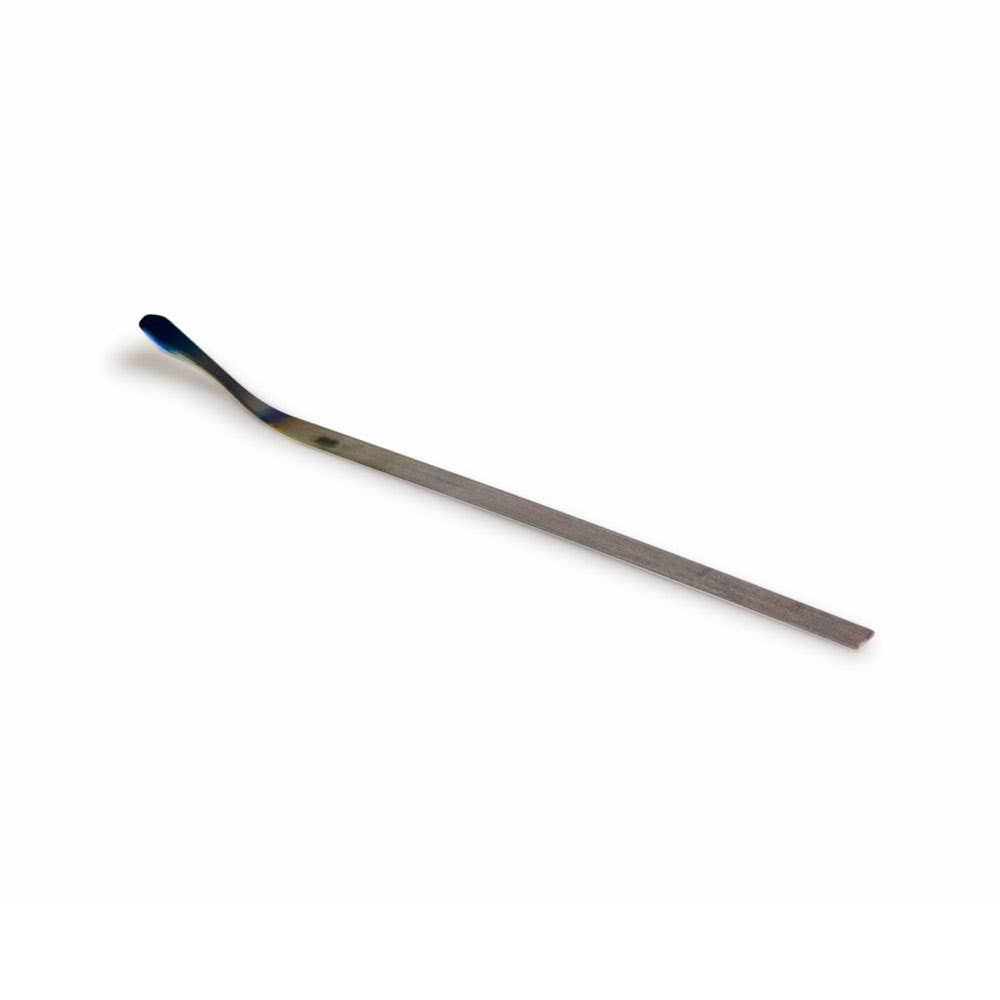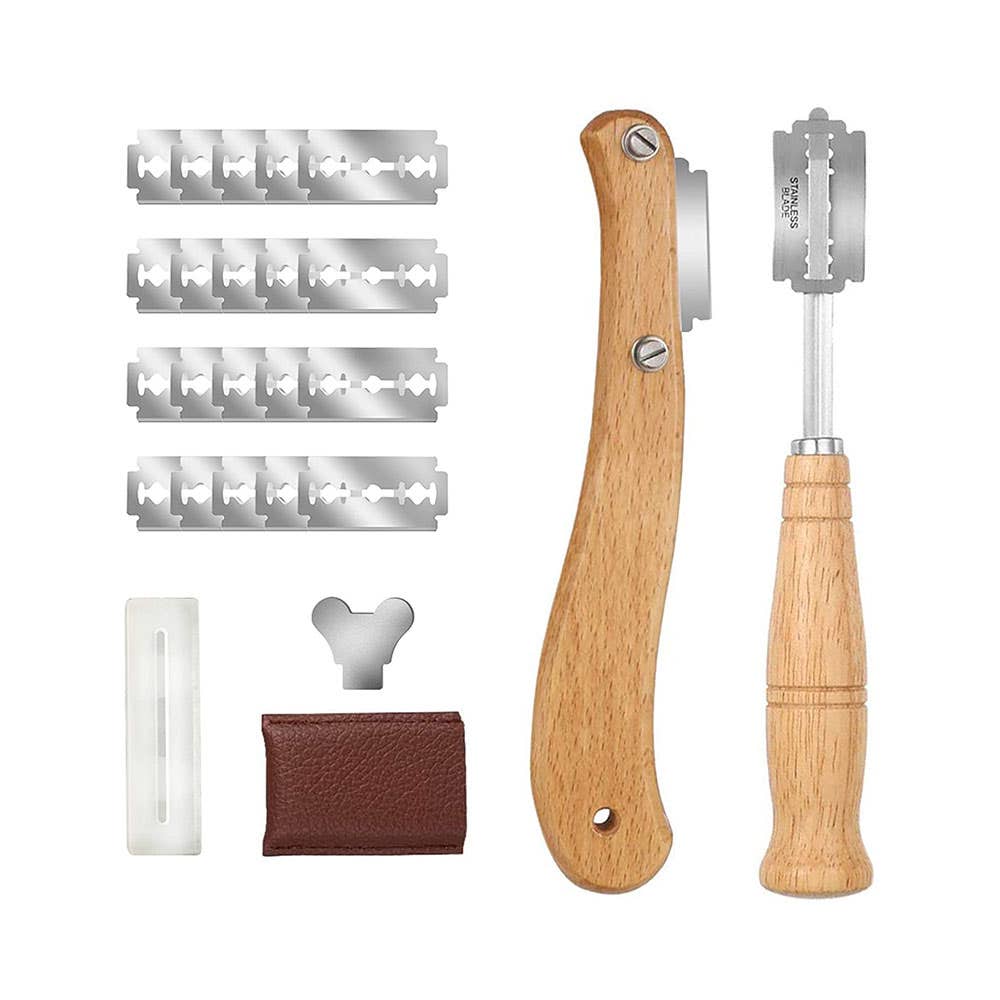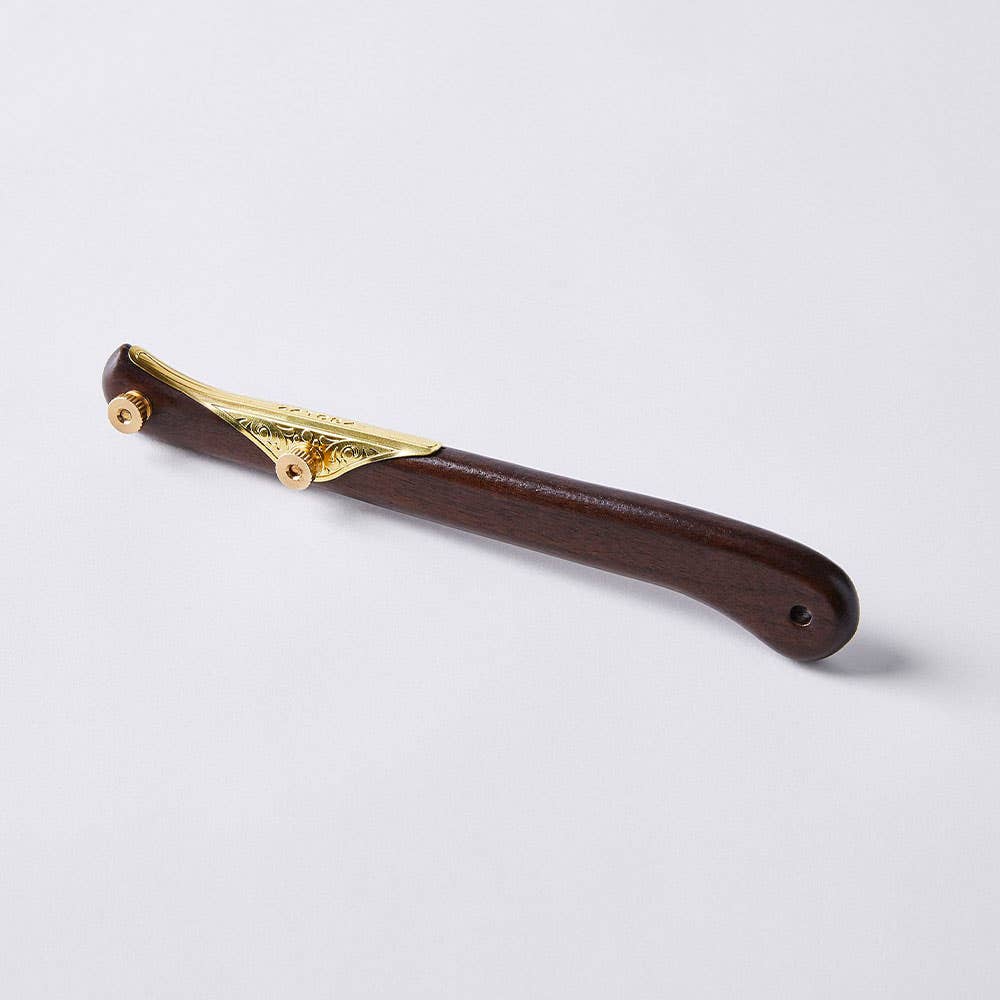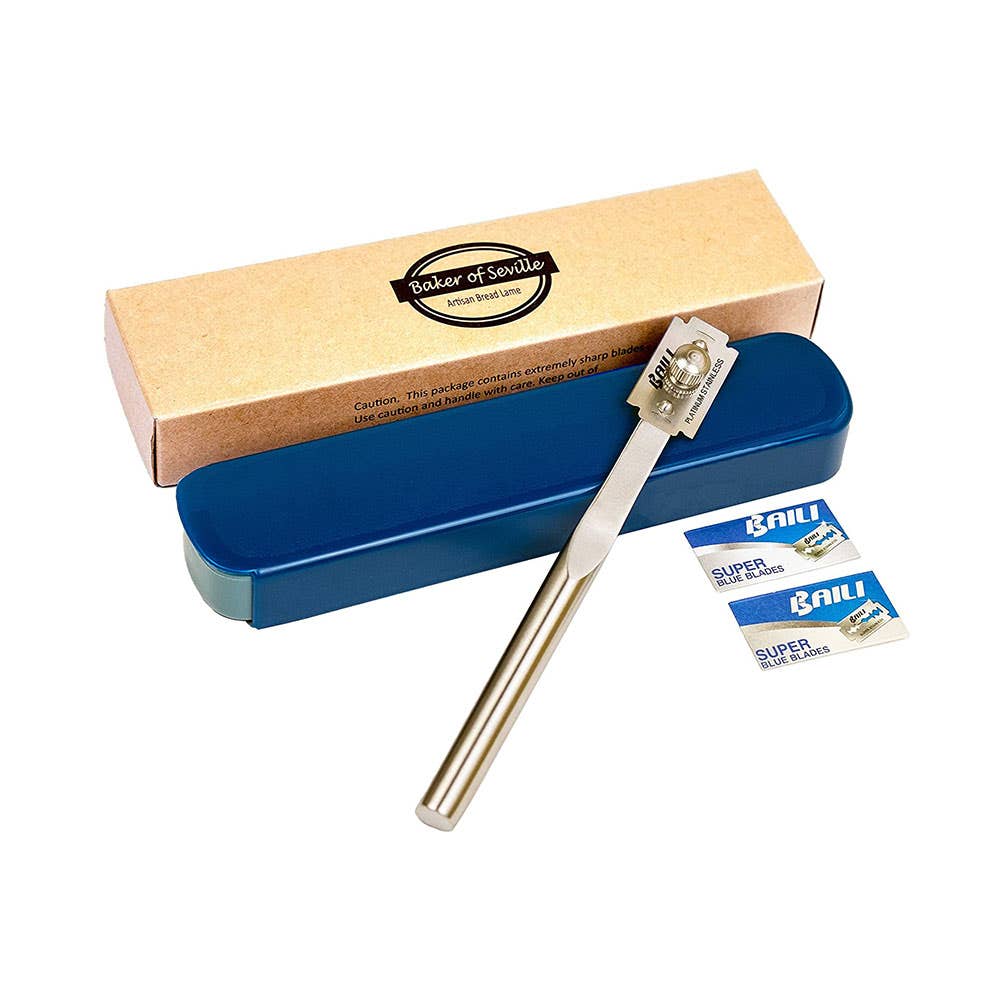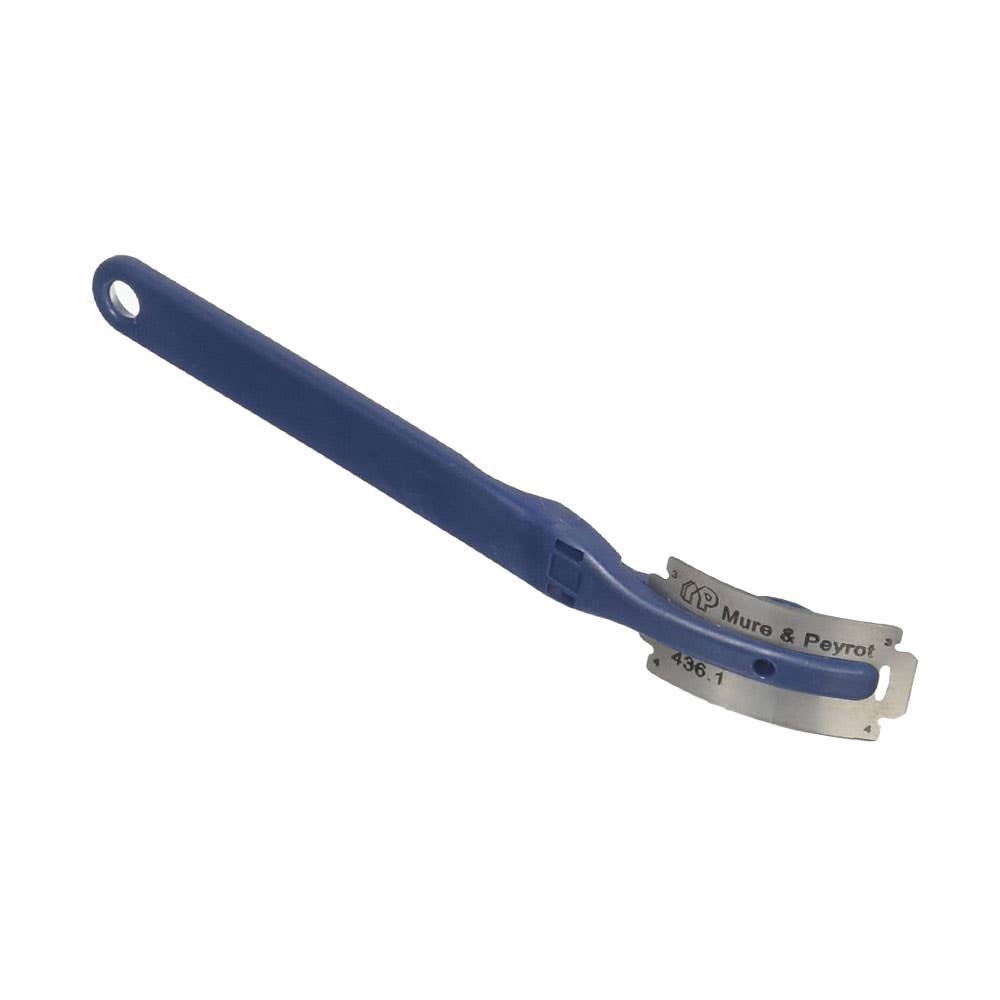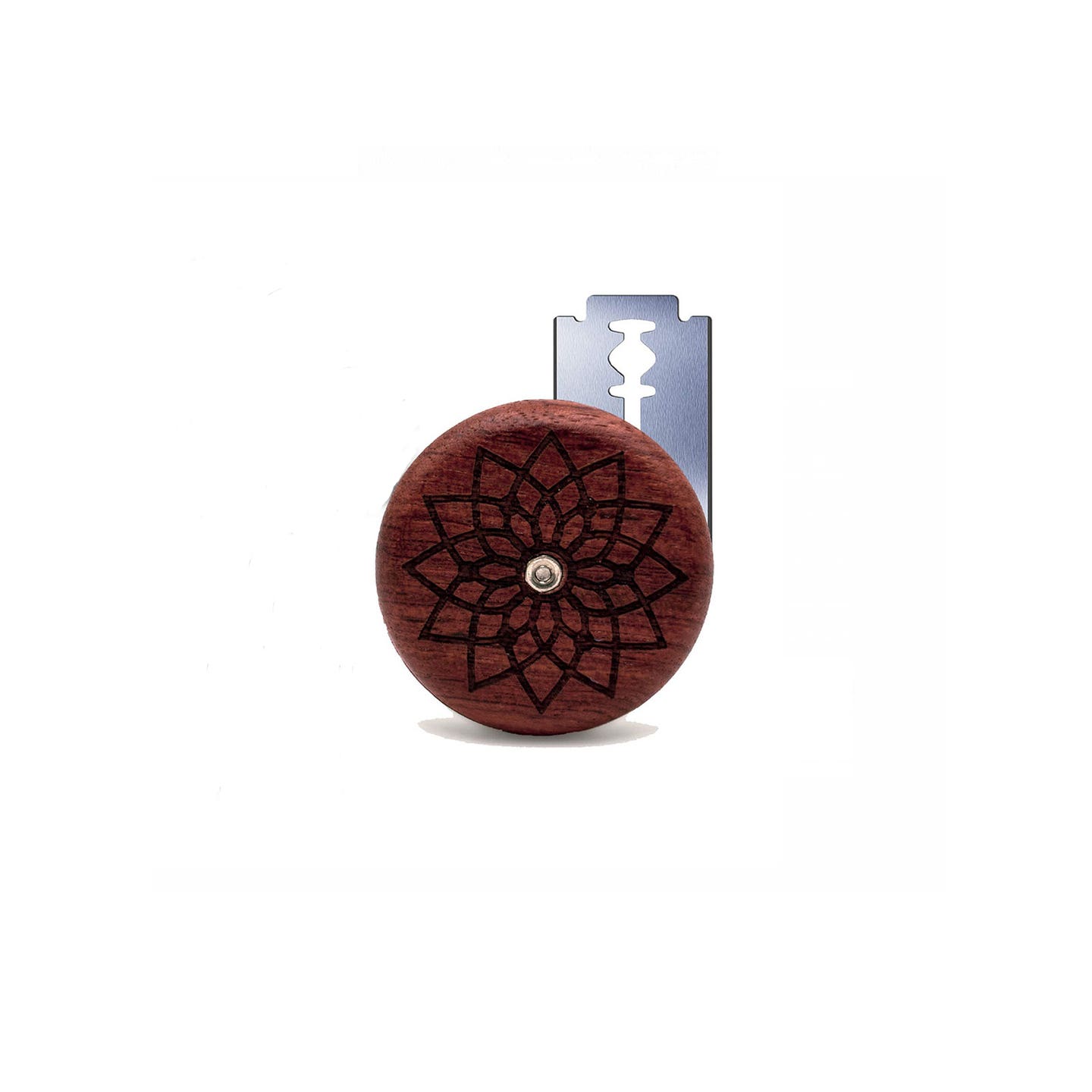The 6 Best Bread Lames Are Your Ticket to Stress-Free Scoring
Get a rise out of that sourdough.
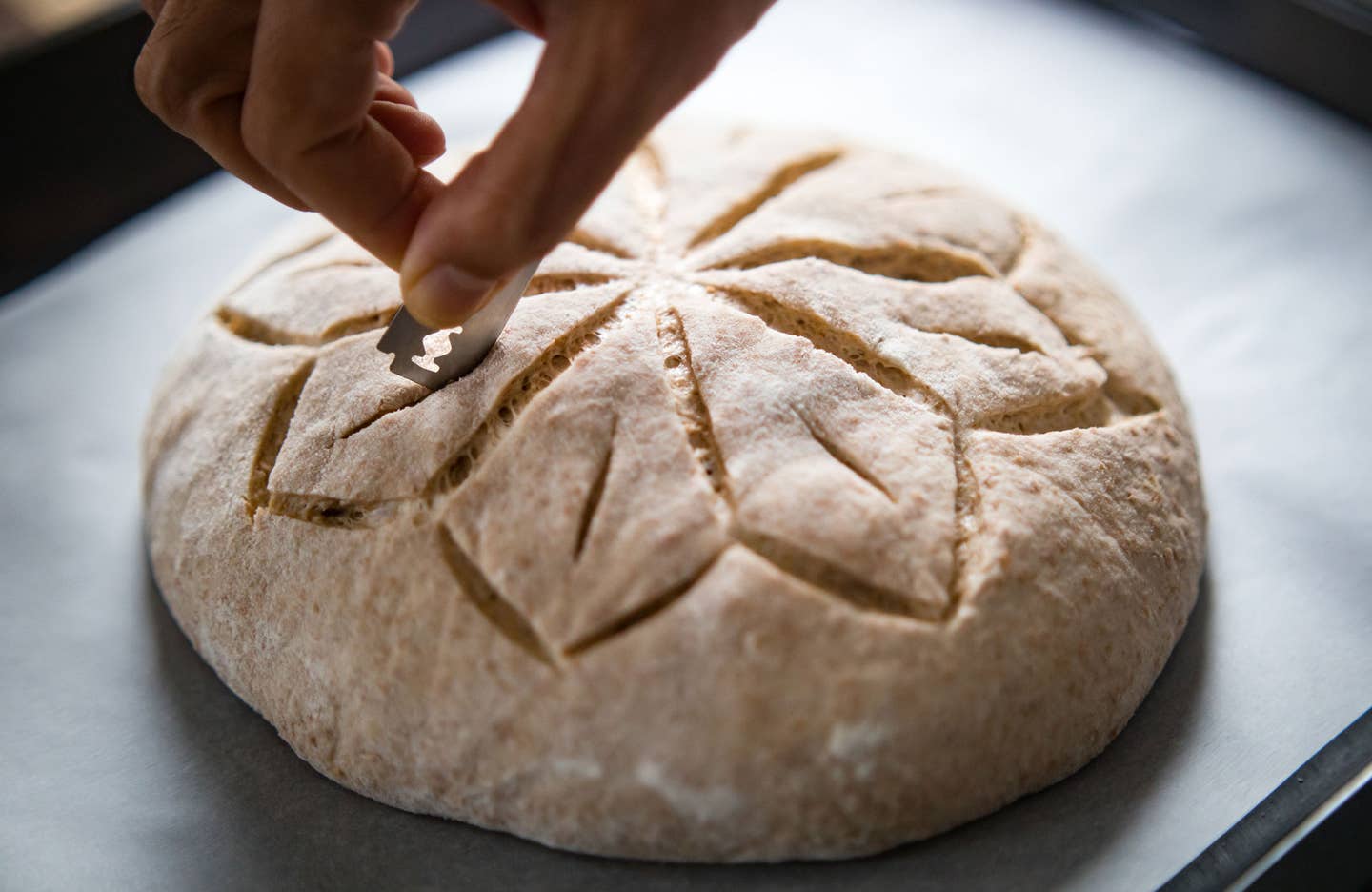
During difficult times, it’s easy to find joy in eating bread. Immersing yourself in the aroma of fresh-baked bread while dreaming of melting really good butter into all the bubbles and cracks is gastronomic foreplay at its best. But baking bread is even more grounding and wholesome, inexplicably warm and satisfying. Simply combining flour, water, salt, and sometimes yeast can yield glorious variations, from chewy flatbreads to complex sourdoughs.
Baking bread can be surprisingly simple or staggeringly complex, but regardless of your preferred recipe, a few tools are necessities. A bread lame (pronounced “lahm”) is one of them. “The history goes back to the days of communal ovens,” says James Belisle, head baker at New York City’s Lafayette café and bakery. “Everybody in the village would make their own bread and they would bring it to the baker who would fire the oven and bake everybody's bread. You needed your own design, so you knew which loaf was yours.” Nowadays, Belisle and other bakers often use the scored patterns to identify the type of loaf, but the same principle applies.
Perhaps most importantly, the best bread lames provide bakers with some control over how bread rises, says Dillon DeBauche, head baker at Camas Country Mill, an artisanal grain mill on the outskirts of Eugene, Oregon. Slashing an unbaked loaf provides a directed means of escape for the gluten and gasses under rising pressure—something that’s especially important with sourdough breads—preventing the gas from escaping out the side in an undesirable crack.
Any sharp object can be used to score dough in a pinch, but a lame’s razor-sharp edge is ideal for creating a prized “ear,” or a lifted piece of dough that bakes up to a crunchy edge with the inner loaf peeking through underneath. The lame’s slice through the skin on the top of the loaf happens without resistance, and the dough will not push back. And really, it’s also safer to use a proper lame and handle combination, as opposed to keeping unbated razor blades loose in the kitchen.
There are plenty of lames available today, so how can you pick the model that’s best for you? We reviewed countless models, from the most basic designs to the most elegant offerings, plus consulted with baking experts to see what works best and why. This is our shortlist of the best bread lames, and why each is worth considering.
- Best Overall: Baker’s Blade Handle
- Best Value: LAIWOO 2 Pieces Bread Lame Tool
- Best Splurge: Black Walnut Bread Lame
- Best for Adaptability and Safety: Baker of Seville Bread Lame
- Best for Blade Ease: Mure & Peyrot Bread Lame Combo
- Best Design: Bread Lame Dough Scoring Tool
Features to Keep in Mind
Types: The best bread lame is the one you find most comfortable. That could mean one with a smaller or larger handle, as long as it feels secure and nimble in your hand. Some lames come with a permanently fixed blade, which makes the whole tool disposable once the blade dulls. For longtime use, it’s best to stick with a lame with a changeable blade.
Shape and Size: A good bread lame will have a handle to hold the blade, and the whole tool is about the length and weight of a butter knife. Some bakers find that a lame that holds the blade in an arched position will give better lift and control when scoring, especially when aiming for that nice, rolled ear of crust. Other bakers like the simplicity of a straight razor edge, and with practice they’re able to make the straight lame do their bidding, whether for a lifted edge or a deep crosshatch. There’s an argument for trying each style, and basic lames aren’t terribly expensive, so it won’t break the bank to experiment or have more than one lame around.
Material and Handling: Accept nothing less than a stainless steel blade to confidently (and sharply!) slash through dough. The handle of the lame may be stainless steel, plastic, or wood, and you should select what feels best in your hand. Think of it like a pen or a favorite old cooking spoon: Do you prefer to manage something light and slender, or do you like the feel of a heftier handle? Then choose a bread lame accordingly. It’s generally a good idea to hand-wash any bread lame, and always avoid putting the handle or blades in the dishwasher. Be exceptionally careful, too, when handling or disposing of used blades to avoid any cuts.
Our Top Picks
Best Overall: Baker’s Blade Handle
Best overall
This is the lame preferred by seasoned professionals, and it’s used in classes at San Francisco Baking Institute. This version without an added “holder” is actually just a stainless steel stick meant to securely hold the arched razor blade. SFBI offers another version of a Baker’s Blade with Handle that’s the same stainless steel blade holder, but with a slim, plastic handle on the end, which some feel gives better control. Both lames use simple, stainless steel razor blades on the business end.
Best Value: LAIWOO 2 Pieces Bread Lame Tool
Best Value
This set is great for when you want to start experimenting with designs when scoring loaves. It comes with two handles (plus blades, changing tool, and a safety blade cover for each) so you can learn for yourself whether the straight or curved blade is better to achieve a desired scoring effect. The wooden handle on each tool is sturdy and offers a solid grip.
Best Splurge: Black Walnut Bread Lame
Best Splurge
Crafted with walnut and brass hardware, this elegant lame has been our top choice more than once for good reason. The smooth wooden handle fits perfectly in the hand, and is a pleasure to hold, and the thumbnuts hold the blade firmly while allowing easy blade replacement when it’s no longer sharp. This lame is pricier than most and offers only a single blade position, but it’s ideal for someone who bakes regularly, appreciates craftsmanship, and can keep track of the lame in the kitchen. This is not a lame than anyone would consider disposable or want to lose. It’s eminently functional, durable, and far too beautiful to misplace.
Best for Adaptability and Safety: Baker of Seville Bread Lame
Best for Adaptability and Safety
This single tool allows you to position the blade in an arch or straight for nimble scoring. It comes with a storage case that will protect the blade and keep hands from harm when reaching for it in a drawer. Like the blade, the handle is stainless steel. It’s round and smooth, with a brushed finish and just-right size and balance.
Best for Blade Ease: Mure & Peyrot Bread Lame Combo
Best for Blade Ease
This is an exceptionally simple handle and assembly that locks the blade in place in an arched position with one click. That means no fussing to position the blade at the proper arch, as you need to do with a simple-stick lame. The set comes with replacement blades and a protective cover.
Best Design: Bread Lame Dough Scoring Tool
Best Design
With a charming design of solid wood, this lame is easy to manipulate once you get used to the disk style. The central locking screw allows the blade to be placed either straight or flat at whatever angle a user prefers, and the feel of the wood and look of the design make you feel like you're baking in an old-world European kitchen.
Ask the Experts
Q: Do I really need a bread lame?
Unless something has gone wrong, bread will rise. And when it does, the baker wants to control the points of expansion. The bread lame lets you do that by scoring the lines of escape. You could use a sharp knife, but even a very sharp one simply can’t do what a lame can. As Belisle points out, “With a knife, you’re just cutting straight down, but a razor blade is more flexible, and you can control the lift it gives the score in the loaf.” If you’re looking to up your bread game, a lame is essential.
Q: How do I dispose of dull blades?
All the best bread lames use a stainless steel razor blade, which can be easily changed when both sides are dull. To dispose of used blades properly, be sure to protect the edges before dumping. Belisle keeps a coffee can with a slit in the lid handy, rather like a kitchen sharps container, then disposes of the whole can. When DeBauche replaces a blade, he wraps it in masking tape, snaps the blade in half, then wraps it again, all to prevent the blade from slicing through a trash bag, or worse, into the hand of an unsuspecting bag handler.
Our Take
Nothing else does what the razor’s edge of a bread lame can do. If you’re spending hours coaxing dough to life, using the best bread lame to score an individual design is like signing a signature on your handiwork. It will make a loaf truly your own.
If you want to learn more about baking bread, read Jeffrey Hamelman’s classic, Bread: A Baker’s Book of Techniques and Recipes. It’s a delightful exploration of all that bread can be, from flatbreads or a rustic baguette to the days-long nurturing of a sourdough levain. (It’s also one of a select few cookbooks we recommend gifting to the food lover in your life.) And if you really want to dig into bread, it’s worth checking out our tools for the bread obsessive, too.
Keep Reading
Continue to Next Story
